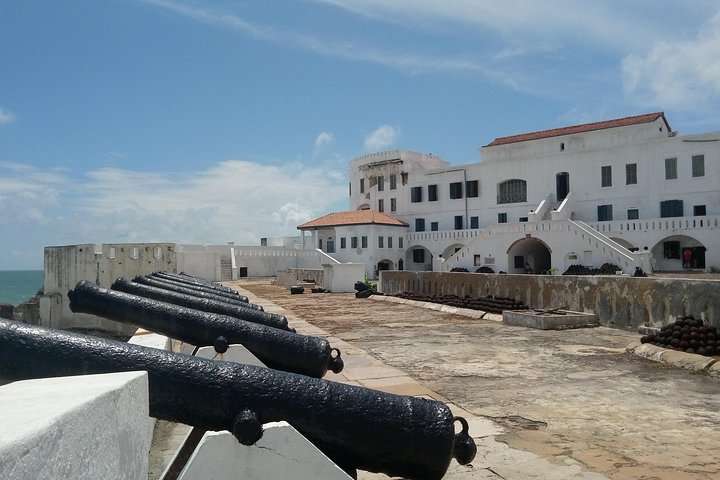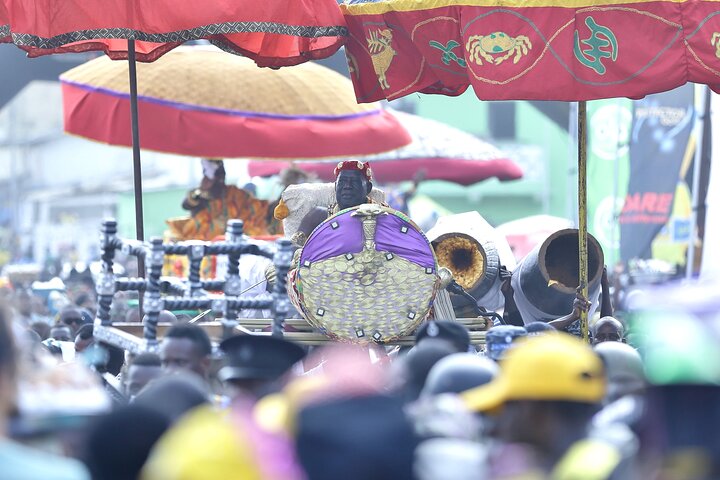Unveiling Ghana: A Journey Through Culture and History
Drawn by the allure of Ghana’s rich history and vibrant culture, I embarked on a journey to explore the heart of this West African nation. From the bustling streets of Accra to the historical depths of Cape Coast, my adventure was a tapestry of discovery and reflection.
Arrival in Accra: A Warm Welcome
As the plane touched down in Accra, the vibrant capital of Ghana, I felt a familiar thrill of anticipation. The city, known for its rich history and cultural vibrancy, was the starting point of my journey into the heart of Ghanaian culture. Upon arrival, I was greeted by the rhythmic beats of traditional drumming, a warm welcome that set the tone for the days to come. The sound resonated with the pulse of the city, a reminder of the deep-rooted traditions that thrive amidst modernity.
My first stop was the National Museum of Ghana, a treasure trove of the nation’s history. Walking through its halls, I was transported back in time, from the pre-colonial era to the struggles and triumphs of independence. The exhibits were a poignant reminder of the resilience and spirit of the Ghanaian people. The Kwame Nkrumah Memorial Park, with its lush greenery and historical significance, offered a serene space to reflect on the legacy of Ghana’s first president.
The W.E.B. Du Bois Center was another highlight, a place where the past and present converge. As a pan-African enthusiast, I found the center’s dedication to the liberation of the black race deeply moving. The mausoleum, once Du Bois’ home, now serves as a museum, drawing visitors from around the world to learn and reflect.
A Journey Through History: Cape Coast and Elmina
Leaving the bustling city behind, I embarked on a journey to Cape Coast, a place steeped in history. The drive was scenic, with lush landscapes unfolding at every turn. Our first stop was the Assin Manso Slave River, a site of profound historical significance. Standing by the river, I could almost hear the whispers of the past, the stories of those who took their last bath here before being marched to the slave dungeons.
The visit to Elmina Castle was a sobering experience. Built by the Portuguese in 1482, the castle’s walls hold centuries of history, from its origins as a trading post to its dark days as a slave dungeon. Walking through its corridors, I felt the weight of history, a stark reminder of the resilience of the human spirit.
Cape Coast Castle, another poignant site, offered a similar experience. Originally built for trade, it too became a place of suffering during the Atlantic slave trade. The stories of those who passed through its gates are etched into its walls, a testament to the enduring strength of those who endured.
Embracing Tradition: Kumasi and Beyond
The journey continued to Kumasi, the cultural heart of Ghana and the capital of the Ashanti Kingdom. The drive was a visual feast, with vibrant markets and lush landscapes painting a picture of everyday life in Ghana. In Kumasi, I visited the Manhyia Palace Museum, the seat of the Ashanti Kingdom. The museum offered a glimpse into the rich history and traditions of the Ashanti people, a culture that has thrived for centuries.
The Bonwire Kente Weaving Village was a highlight, where I witnessed the intricate art of Kente weaving. The vibrant patterns and colors of the Kente cloth are a symbol of Ghanaian identity, each piece telling a unique story. At the Ntonso Adinkra Village, I learned about the ancient art of Adinkra printing, a craft that has been passed down through generations.
As my journey came to an end, I reflected on the rich tapestry of experiences that Ghana had offered. From the bustling streets of Accra to the historical sites of Cape Coast and the cultural richness of Kumasi, the Ghana Culture Tour had been a journey of discovery and reflection. It was a reminder of the importance of preserving and celebrating the diverse cultures and histories that make our world so vibrant.











































